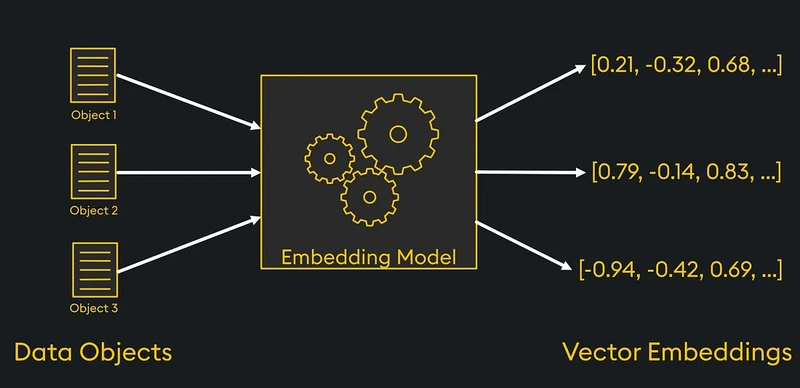hidden tailwind
hidden tailwind Tailwind CSS is a popular utility-first CSS framework that allows developers to build custom designs directly in their HTML. Unlike traditional CSS frameworks that enforce a specific design structure with components, Tailwind provides low-level utility classes that enable you to create an interface without leaving your markup. This means you can quickly apply styles using classes directly in your HTML, such as h-0, m-0, p-0, shadow-xs, and various text-color classes. If you want to dive deeper into Tailwind or learn how to use AI tools like gpteach to enhance your coding skills, I recommend subscribing or following my blog! Understanding CSS Classes CSS classes are a fundamental part of styling web pages. A class is defined in CSS and can be applied to HTML elements to style them consistently. Classes can contain multiple properties, allowing developers to maintain visual consistency across a web application. For instance, if you have a button class defined as: .button { background-color: blue; color: white; padding: 10px 20px; border-radius: 5px; } You can apply this class to any button element like so: Click Me This keeps your button styling consistent throughout your application. Why Tailwind Limits the Design Tailwind CSS simplifies the way we apply styles, which helps in creating visually consistent applications. By using utility classes, developers are less likely to make visual mistakes or inconsistencies between different components. For instance, if you want to create a card component, you might use: Card Title Some descriptive text here. Here, using Tailwind's predefined utility classes ensures that shadows, padding, and rounded corners look the same every time. This prevents cross-app mistakes or variations in how elements appear, leading to a more cohesive user experience. What is hidden tailwind? The term hidden tailwind refers to the underlying simplicity and efficiency that Tailwind CSS provides. While it offers a robust set of utility classes for immediate use, it also encourages a deeper understanding of how these styles are constructed. Hidden tailwind manifests in how Tailwind allows developers to create designs without needing to write extensive custom CSS. For example, if you want to create a green button, you might write: Submit In this case, hidden tailwind means you're leveraging predefined utility classes (bg-green-500, text-white, py-2, px-4, rounded) to quickly achieve the desired design without crafting custom styles. Moreover, hidden tailwind illustrates how using these utility classes can lead to a form of design discipline, where developers focus on composition over intricate styling. When using hidden tailwind, you can create dynamic, responsive components efficiently while maintaining design consistency: Welcome to Tailwind Experience the power of utility-first CSS in a streamlined way. Get Started In conclusion, hidden tailwind is a concept representing the usefulness and practicality of Tailwind CSS, making the design process straightforward and efficient. By embracing the underlying principles of this framework, developers can create beautiful, consistent web applications with ease. If you're eager to learn more about Tailwind and other tools, don't forget to check out gpteach for resources that can help you on your coding journey!

hidden tailwind
Tailwind CSS is a popular utility-first CSS framework that allows developers to build custom designs directly in their HTML. Unlike traditional CSS frameworks that enforce a specific design structure with components, Tailwind provides low-level utility classes that enable you to create an interface without leaving your markup. This means you can quickly apply styles using classes directly in your HTML, such as h-0, m-0, p-0, shadow-xs, and various text-color classes. If you want to dive deeper into Tailwind or learn how to use AI tools like gpteach to enhance your coding skills, I recommend subscribing or following my blog!
Understanding CSS Classes
CSS classes are a fundamental part of styling web pages. A class is defined in CSS and can be applied to HTML elements to style them consistently. Classes can contain multiple properties, allowing developers to maintain visual consistency across a web application. For instance, if you have a button class defined as:
.button {
background-color: blue;
color: white;
padding: 10px 20px;
border-radius: 5px;
}
You can apply this class to any button element like so:
class="button">Click Me
This keeps your button styling consistent throughout your application.
Why Tailwind Limits the Design
Tailwind CSS simplifies the way we apply styles, which helps in creating visually consistent applications. By using utility classes, developers are less likely to make visual mistakes or inconsistencies between different components. For instance, if you want to create a card component, you might use:
class="shadow-lg p-4 rounded-lg">
class="text-xl font-bold">Card Title
class="text-gray-700">Some descriptive text here.
Here, using Tailwind's predefined utility classes ensures that shadows, padding, and rounded corners look the same every time. This prevents cross-app mistakes or variations in how elements appear, leading to a more cohesive user experience.
What is hidden tailwind?
The term hidden tailwind refers to the underlying simplicity and efficiency that Tailwind CSS provides. While it offers a robust set of utility classes for immediate use, it also encourages a deeper understanding of how these styles are constructed.
Hidden tailwind manifests in how Tailwind allows developers to create designs without needing to write extensive custom CSS. For example, if you want to create a green button, you might write:
class="bg-green-500 text-white py-2 px-4 rounded">
Submit
In this case, hidden tailwind means you're leveraging predefined utility classes (bg-green-500, text-white, py-2, px-4, rounded) to quickly achieve the desired design without crafting custom styles.
Moreover, hidden tailwind illustrates how using these utility classes can lead to a form of design discipline, where developers focus on composition over intricate styling. When using hidden tailwind, you can create dynamic, responsive components efficiently while maintaining design consistency:
class="flex items-center justify-center h-screen">
class="p-6 max-w-sm bg-white rounded-lg shadow-lg">
class="text-gray-900 text-xl font-medium mb-2">Welcome to Tailwind
class="text-gray-700 text-base mb-4">
Experience the power of utility-first CSS in a streamlined way.
class="bg-blue-500 text-white font-bold py-2 px-4 rounded">
Get Started












































































































































































![[The AI Show Episode 142]: ChatGPT’s New Image Generator, Studio Ghibli Craze and Backlash, Gemini 2.5, OpenAI Academy, 4o Updates, Vibe Marketing & xAI Acquires X](https://www.marketingaiinstitute.com/hubfs/ep%20142%20cover.png)



























































































































![[DEALS] The Premium Learn to Code Certification Bundle (97% off) & Other Deals Up To 98% Off – Offers End Soon!](https://www.javacodegeeks.com/wp-content/uploads/2012/12/jcg-logo.jpg)


![From drop-out to software architect with Jason Lengstorf [Podcast #167]](https://cdn.hashnode.com/res/hashnode/image/upload/v1743796461357/f3d19cd7-e6f5-4d7c-8bfc-eb974bc8da68.png?#)








































































































.png?#)

































_Christophe_Coat_Alamy.jpg?#)
 (1).webp?#)





































































































![Apple Considers Delaying Smart Home Hub Until 2026 [Gurman]](https://www.iclarified.com/images/news/96946/96946/96946-640.jpg)
![iPhone 17 Pro Won't Feature Two-Toned Back [Gurman]](https://www.iclarified.com/images/news/96944/96944/96944-640.jpg)
![Tariffs Threaten Apple's $999 iPhone Price Point in the U.S. [Gurman]](https://www.iclarified.com/images/news/96943/96943/96943-640.jpg)




































































































































